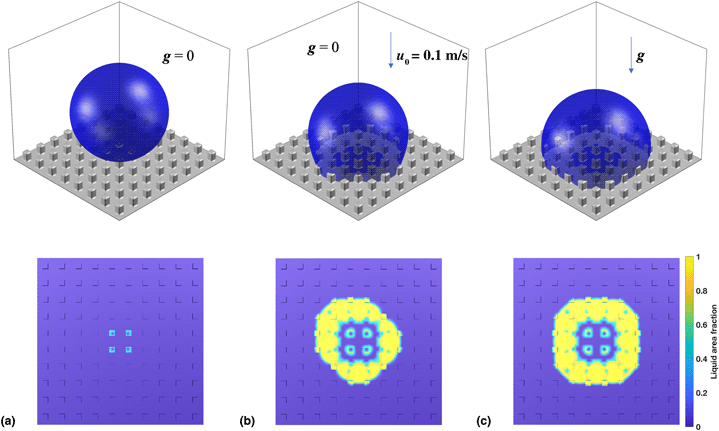Crossref Citations
This article has been cited by the following publications. This list is generated based on data provided by
Crossref.
Kumar, Avishek
AL-Jumaili, Ahmed
Bazaka, Olha
Ivanova, Elena P.
Levchenko, Igor
Bazaka, Kateryna
and
Jacob, Mohan V.
2021.
Functional nanomaterials, synergisms, and biomimicry for environmentally benign marine antifouling technology.
Materials Horizons,
Vol. 8,
Issue. 12,
p.
3201.
Wang, Fei-jie
Wang, Li-qiang
Zhang, Xin-chang
Ma, Shu-feng
and
Zhao, Zhi-cheng
2022.
Enhancement of oil resistance of cellulose packaging paper for food application by coating with materials derived from natural polymers.
Journal of Food Engineering,
Vol. 332,
Issue. ,
p.
111039.
Tas, Mahmut
Musa, Umar Gishiwa
Ahmed, Ifty
Xu, Fang
Smartt, Christopher
and
Hou, Xianghui
2022.
Functionalised SiO2 modified icephobic nanocomposite electrospun membranes for outdoor electromagnetic shielding applications.
Polymer,
Vol. 240,
Issue. ,
p.
124499.
Vigdorowitsch, Michael
Tsygankova, Liudmila E.
Ostrikov, Valery V.
and
Rodionova, Lyudmila D.
2022.
Beyond the Wenzel and Cassie–Baxter world: Mathematical insight into contact angles.
Mathematical Methods in the Applied Sciences,
Vol. 45,
Issue. 17,
p.
11479.
Palamà, I. E.
Grieco, M.
Ursini, O.
D’Amone, E.
D’Amone, S.
and
Cortese, B.
2022.
Oil−Water Mixtures and Emulsions, Volume 2: Advanced Materials for Separation and Treatment.
Vol. 1408,
Issue. ,
p.
165.
Gaxiola-López, Julio C.
Lara-Ceniceros, Tania E.
Silva-Vidaurri, Luis Gerardo
Advincula, Rigoberto C.
and
Bonilla-Cruz, José
2022.
3D Printed Parahydrophobic Surfaces as Multireaction Platforms.
Langmuir,
Vol. 38,
Issue. 25,
p.
7740.
Xie, Xiaowen
Gao, Nan
Zhu, Ling
Hunter, Matthew
Chen, Shuai
and
Zang, Ling
2023.
PEDOT:PSS/PEDOT Film Chemiresistive Sensors for Hydrogen Peroxide Vapor Detection under Ambient Conditions.
Chemosensors,
Vol. 11,
Issue. 2,
p.
124.
Xie, Xiaowen
Gao, Nan
Hunter, Matthew
Zhu, Ling
Yang, Xiaomei
Chen, Shuai
and
Zang, Ling
2023.
PEDOT Films Doped with Titanyl Oxalate as Chemiresistive and Colorimetric Dual-Mode Sensors for the Detection of Hydrogen Peroxide Vapor.
Sensors,
Vol. 23,
Issue. 6,
p.
3120.
Wei, Sufeng
Xu, Zhengzheng
Liu, Yan
Liang, Yunhong
and
Wang, Guoyong
2023.
Bioinspired spindle-knotted structure fiber membrane prepared by modified coaxial electrospinning for water-in-oil emulsion separation.
Korean Journal of Chemical Engineering,
Vol. 40,
Issue. 5,
p.
1086.
Zhong, Xin
Xie, Shangzhen
and
Guo, Zhiguang
2024.
The Challenge of Superhydrophobicity: Environmentally Facilitated Cassie–Wenzel Transitions and Structural Design.
Advanced Science,
Vol. 11,
Issue. 10,






